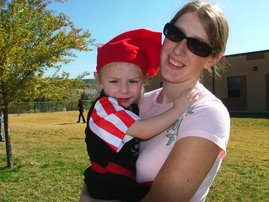
Microscope lab write up.
The microscope was first invented in 1595. It was very primitive compared to today’s microscopes. It was simply a tube with lenses at both ends. The magnification was 9x at best. In 1965 Robert Hooke improved on the microscope and was the first to use the word cell to describe what he had seen in plants and tree bark. In 1674 Anton Van Leeuwenhoek was the first person to discover protozoans and bacteria. He had improved on the microscope enough that these small organisms were now visible. An American named Charles Spencer made some major improvements to the microscope. In the 19th century Countries began manufacturing them. The electron microscope wasn’t invented till 1930’s. It was co invented by Ruska, Knott and Rohrer. They later won a Nobel prize for their invention.
The stage is what the slide sits on. The stage has a clip on it which holds the slide. The stage can be moved up and down. The course focus knob moves the stage up or down. You start out with the stage in the lowest position. Then once a slide is place on it you move it to the highest position. This is done while looking at it NOT through it.
XY knobs move the specimen from side to side and back in forth so that you can center it on the path of the light. This way you can get it in your view when looking through the oculars. You can use the XY knobs before you look through to center the slide on the light. You can use them while you’re looking through the microscope to move the specimen and look at a different area.
The focus knobs help you sharpen the image. You use them while looking through the microscope.
The Iris is the lens that covers the light and controls how much light comes threw. The Iris can be used before looking to let in extra light when placing the slide. It can also be used while looking to increase light.
The oculars are the two tubes you see threw when using a microscope. You must fit them to your face by adjusting them. You would adjust them evenly before looking through them and then look through to see if they needed adjusted more. You look threw them with your eyes 3/4ths of an inch away. You don’t press your eyes against them.
Objectives are the different numbered tubes that you use to view your specimens. The numbers represent the times of magnification. You start out at 4x and move up. The eye piece is 10x. So to figure out your total magnification you have to times 4x x 10x which equals 40x and so on for higher #s. You would adjust these while looking at them so that you could read which one you were putting in place.
The microscope is a very important piece of equipment in our lives today. Before the microscope people could only see what was visible to the naked eye. People didn’t know about cells and bacteria. Science and the medical field have come along way sense the microscope was invented. The microscope has benefited society greatly. It helped use to realize that washing our hands was important in not spreading germs. It has helped use find cures for numerous illnesses. The microscope is a vital part of our world today.
Work Cited:
http://inventors.about.com/od/mstartinventions/a/microscope.htm
Image is of an onion at 40x.

No comments:
Post a Comment